Exploring the Future of Hessian Bags: Insights from China’s 138th Import and Export Fair 2025
The future of hessian bags is an intriguing topic of discussion, particularly in light of the recent insights gathered from the 138th Import and Export Fair in China. As the global market increasingly shifts towards sustainable solutions, hessian bags have emerged as a preferred choice for environmentally-conscious consumers and businesses alike. This iconic textile, derived from natural jute fibers, not only offers durability and strength but also embodies a commitment to environmental responsibility. During the fair, industry leaders and innovative designers showcased a myriad of hessian bag designs, highlighting their versatility and appeal across various sectors. Such developments underline the growing trend of integrating eco-friendly materials into everyday products, setting a promising trajectory for hessian bags in the years to come. As we explore these insights, we can better understand how hessian bags are positioned to redefine packaging and fashion in the global marketplace by 2025.
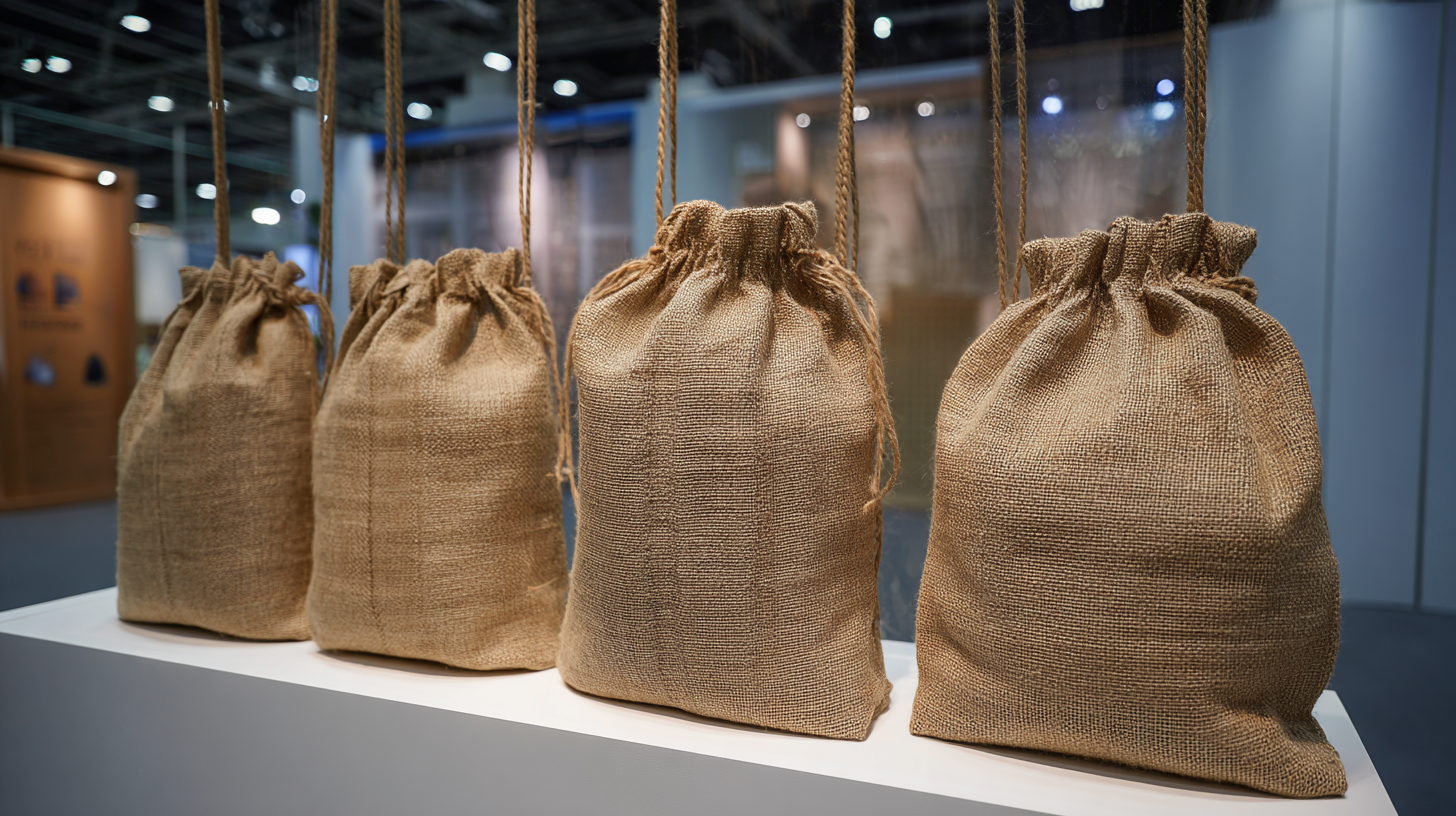
Table of Contents
[Hide]
Future Market Trends for Hessian Bags in 2025 and Beyond
The market for hessian bags is poised for significant growth as we move toward 2025 and beyond, driven by increasing sustainability awareness and a shift away from single-use plastic bags. According to a report by Grand View Research, the global hessian bag market is projected to expand at a compound annual growth rate (CAGR) of 4.5%, reaching a value of approximately $1.2 billion by 2027. This growth is largely attributed to the rising demand in sectors such as retail, agriculture, and the burgeoning eco-conscious consumers who prefer biodegradable alternatives.
At the 138th Import and Export Fair in China, manufacturers showcased innovative designs and environmentally-friendly production methods, addressing consumer preferences for sustainable products. Insights from industry experts indicate that customization and branding opportunities are critical for businesses looking to leverage the growing trend. Companies that combine functionality with appealing designs are likely to capture larger market shares.
Tips for businesses looking to capitalize on this trend include investing in eco-friendly materials and innovative designs that resonate with consumers' environmental values. Keeping abreast of market shifts and consumer preferences will be vital in crafting effective marketing strategies. Networking with suppliers and attending trade fairs can provide valuable insights into new trends and opportunities in the hessian bag market.
Future Market Trends for Hessian Bags in 2025 and Beyond
This chart illustrates the projected demand for hessian bags in various sectors by the year 2025, highlighting the growing interest in sustainable packaging solutions.
Sustainable Practices in Hessian Bag Production and Use
At the upcoming 138th Import and Export Fair in China, the spotlight will shine on sustainable practices in hessian bag production and use. As environmental concerns escalate worldwide, the demand for eco-friendly packaging solutions has surged. According to a 2023 report by Grand View Research, the global market for sustainable packaging is projected to reach $500 billion by 2027, with hessian bags taking a significant share due to their biodegradable properties and durability. This highlights a crucial shift towards sustainability, with businesses recognizing that adopting eco-friendly practices is not only beneficial for the planet but also appealing to a growing segment of conscious consumers.
Sustainable practices in hessian bag production involve the use of organic jute, sourced through environmentally friendly farming techniques. A study conducted by the Jute Sustainability Forum indicated that jute farming requires significantly less water and no synthetic fertilizers compared to conventional crops. Furthermore, the lifecycle of hessian bags showcases their reusability, as they can last for multiple years with proper care. As manufacturers at the fair share innovative designs and production processes, attendees will likely gain insights into how the industry can further embrace sustainability, addressing both consumer demand and environmental stewardship.
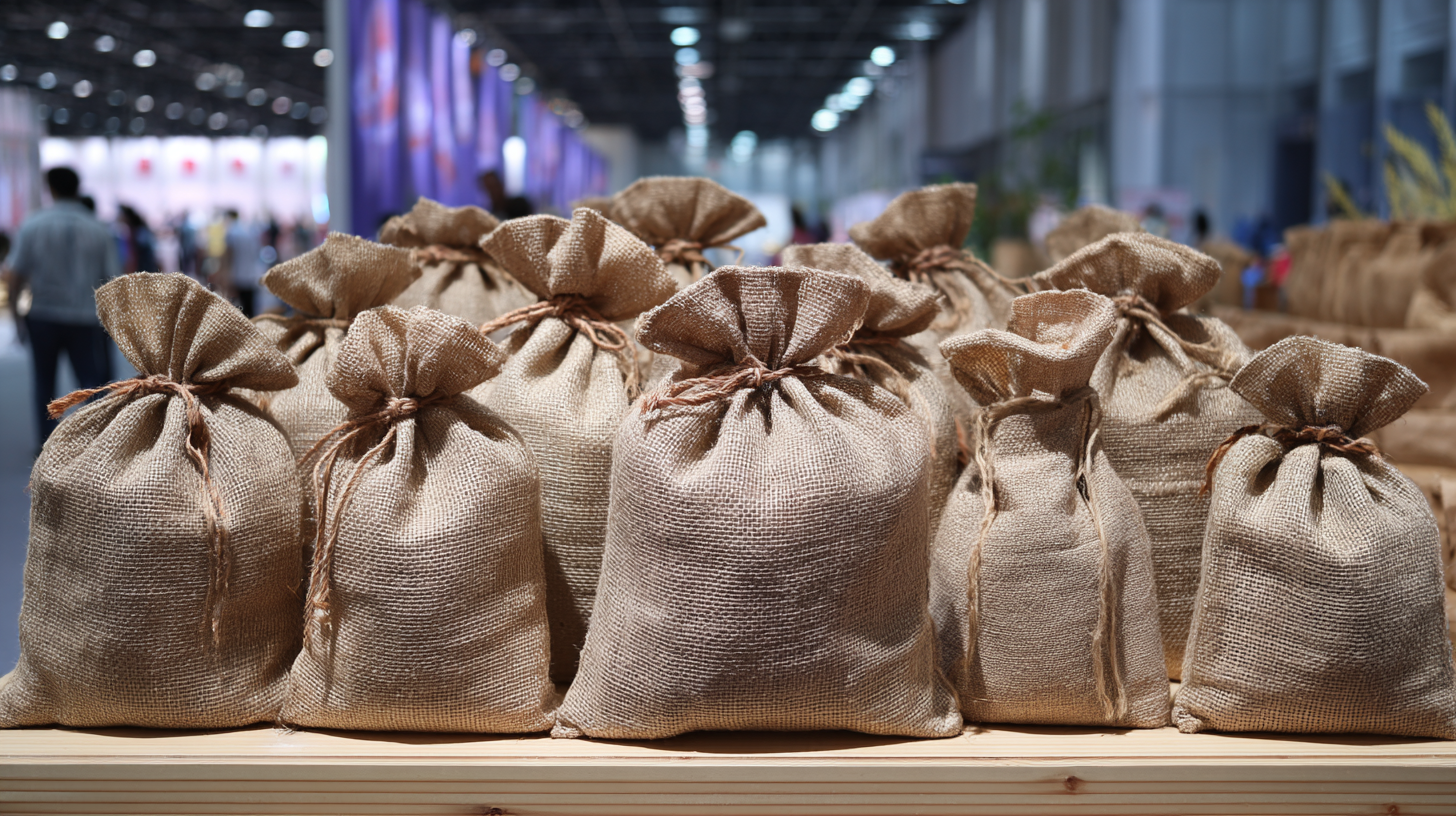
Innovative Design Approaches Seen at the 138th Import and Export Fair
The 138th Import and Export Fair in China has emerged as a pivotal platform for showcasing innovative design approaches in the bag industry, particularly in the realm of hessian bags. As sustainability becomes a critical focal point across global markets, the fair highlighted how designers are reimagining traditional materials. Recent reports indicate that the global hessian bag market is projected to grow at a CAGR of 9.2% from 2023 to 2028, driven by increasing environmental consciousness among consumers and businesses alike. Exhibitors showcased a variety of hessian bags featuring modern aesthetics combined with functional designs, aligning with market trends favoring eco-friendly products.
One of the standout innovations observed at the fair was the incorporation of smart technology into hessian bags. For instance, several brands introduced bags equipped with QR codes that offer consumers insights into the product's lifecycle and sustainability practices. This trend is supported by data from industry studies, which suggest that 63% of consumers are more likely to choose brands that transparently communicate their sustainability efforts. Additionally, the focus on personalization and customization options was evident, catering to a growing market segment that seeks unique, bespoke products. These advancements point to a vibrant future for hessian bags as they adapt to the evolving expectations of environmentally conscious consumers.
Key Players and Stakeholders in the Hessian Bag Industry
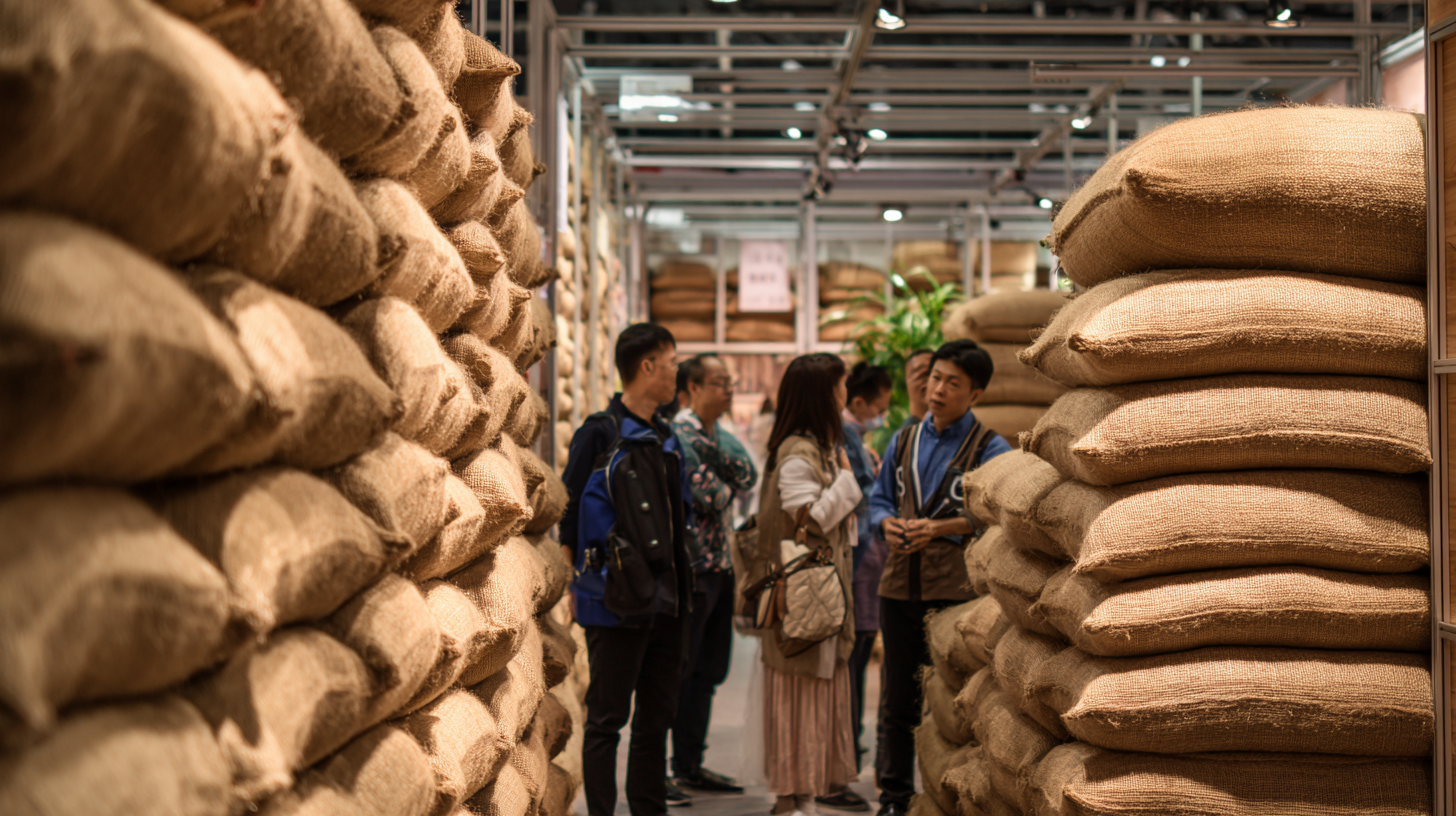 At the 138th Import and Export Fair in China, the hessian bag industry showcased its pivotal players and stakeholders driving the market's evolution. Manufacturers from various regions presented innovative designs that focus on sustainability and biodegradability, reflecting the increasing global demand for eco-friendly packaging solutions. Notable companies emphasized the importance of adopting advanced weaving technologies to enhance the durability and aesthetic appeal of hessian bags, which are gaining traction in both retail and agricultural sectors.
At the 138th Import and Export Fair in China, the hessian bag industry showcased its pivotal players and stakeholders driving the market's evolution. Manufacturers from various regions presented innovative designs that focus on sustainability and biodegradability, reflecting the increasing global demand for eco-friendly packaging solutions. Notable companies emphasized the importance of adopting advanced weaving technologies to enhance the durability and aesthetic appeal of hessian bags, which are gaining traction in both retail and agricultural sectors.
Distributors and wholesalers also played a vital role, establishing strategic partnerships that streamline the supply chain and enhance market access. Their insights into consumer behavior and market trends are invaluable for manufacturers looking to tailor their products for specific demographics. As regulations regarding plastic use tighten, stakeholders in the hessian bag market are collaborating with environmental organizations to advocate for greener practices, positioning themselves as leaders in the push towards sustainable consumer goods. The collaborative efforts at this fair highlighted a collective commitment to not only innovate but also to educate the market about the benefits of hessian bags in reducing plastic waste.
Consumer Preferences Shaping the Future of Hessian Bags in China
As the demand for sustainable products continues to grow, the consumer preferences surrounding hessian bags are evolving rapidly in China. The recent insights from the 138th Import and Export Fair highlight how environmentally conscious consumers are driving the market for jute and hessian bags, which are not only eco-friendly but also versatile in function. Currently valued at USD 2.71 billion in 2023, the jute bag market is expected to grow at a remarkable CAGR of 8.9% by 2030, indicating a strong trend toward sustainability among consumers.
Tips for brands looking to capitalize on this trend include engaging with consumers around sustainability narratives and educating them about the benefits of hessian bags. Additionally, it’s crucial to focus on design and functionality to appeal to younger demographics who value aesthetic appeal alongside environmental consciousness. Brands should also consider incorporating innovative designs and customization options to attract the diverse consumer base that values both practicality and style.
Furthermore, leveraging e-commerce channels to reach a broader audience can significantly enhance visibility. As consumers increasingly prefer online shopping, utilizing social media platforms to promote hessian bags can help brands gain traction and connect with their target market effectively. Adapting to these consumer preferences will not only boost sales but also contribute to a more sustainable future.
Related Posts
-
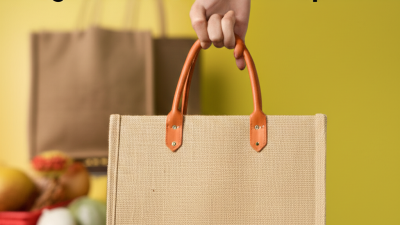
Future Trends in Best Burlap Tote Market by 2025 with Key Insights and Practical Tips
-
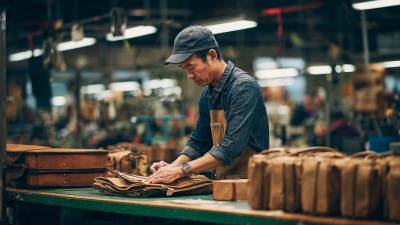
Discovering the Unmatched Quality Specifications of the Best Bag Manufacturer for Global Buyers
-

How to Choose the Perfect Jute Tote for Every Occasion
-
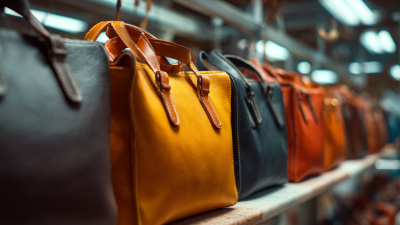
Unlocking Quality: Key Criteria for Selecting the Best Bag Manufacturer for Global Sourcing
-
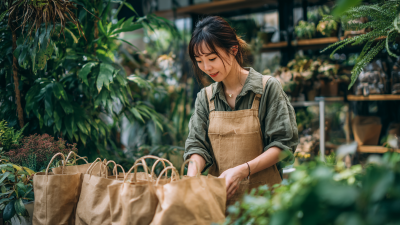
How to Choose the Best Sustainable Bags for Your Business: An Expert's Guide to Eco-Friendly Solutions
-
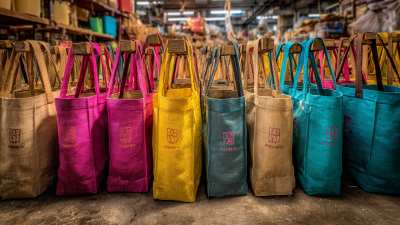
Discover Unmatched Quality of Eco Bags from China Leading Factories Trusted by Global Buyers

We are the most reliable and proficient jute goods manufacturer & supplier that helps businesses or individuals with various exportable agricultural commodities biz and jute goods by shipping them worldwide. Our right-time service ensures that whatever color and size of jute product you need, we can make it happen anytime and anywhere! Let’s keep our earth safer to live in!
Important link
Address
Bangladesh Address:
Fair Plaza (9th Floor), Plot : 3C, Section : 01, Mirpur, Dhaka:1216
UK Office:
242 Manor Road, Droylsden, Manchester, M43 6JD, United Kingdom.
Let's Talk

We are the most reliable and proficient jute goods manufacturer & supplier that helps businesses or individuals with various exportable agricultural commodities biz and jute goods by shipping them worldwide. Our right-time service ensures that whatever color and size of jute product you need, we can make it happen anytime and anywhere! Let’s keep our earth safer to live in!
Get Started
Let's Talk
Address
Bangladesh Address:
Fair Plaza (9th Floor), Plot : 3C, Section : 01, Mirpur, Dhaka:1216
UK Office:
242 Manor Road, Droylsden, Manchester, M43 6JD, United Kingdom.